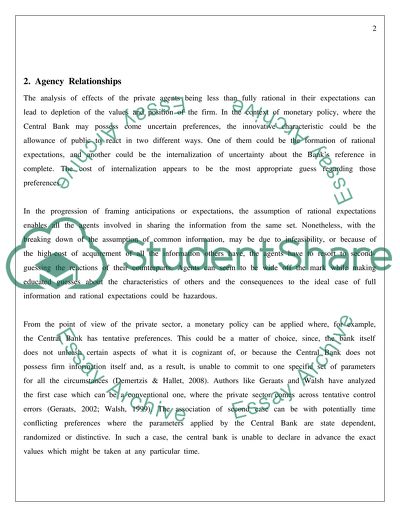Cite this document
(Trust as a Crucial Part of the Economics of the Insurance Industry Term Paper, n.d.)
Trust as a Crucial Part of the Economics of the Insurance Industry Term Paper. Retrieved from https://studentshare.org/finance-accounting/1526992-economics-of-industry
Trust as a Crucial Part of the Economics of the Insurance Industry Term Paper. Retrieved from https://studentshare.org/finance-accounting/1526992-economics-of-industry
(Trust As a Crucial Part of the Economics of the Insurance Industry Term Paper)
Trust As a Crucial Part of the Economics of the Insurance Industry Term Paper. https://studentshare.org/finance-accounting/1526992-economics-of-industry.
Trust As a Crucial Part of the Economics of the Insurance Industry Term Paper. https://studentshare.org/finance-accounting/1526992-economics-of-industry.
“Trust As a Crucial Part of the Economics of the Insurance Industry Term Paper”, n.d. https://studentshare.org/finance-accounting/1526992-economics-of-industry.


